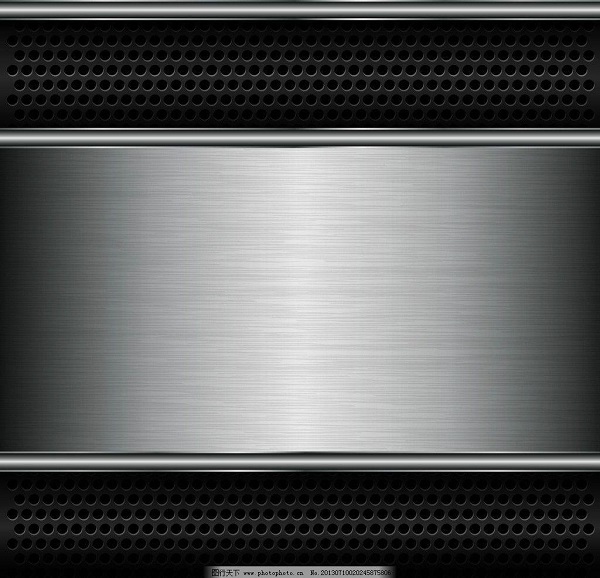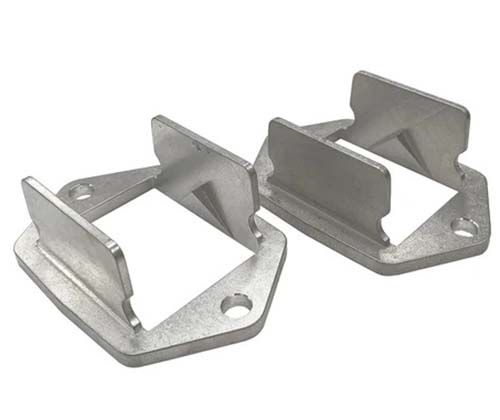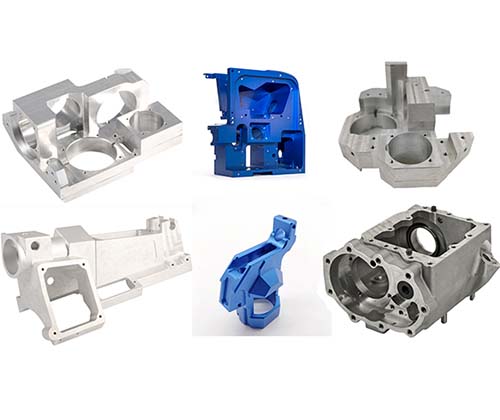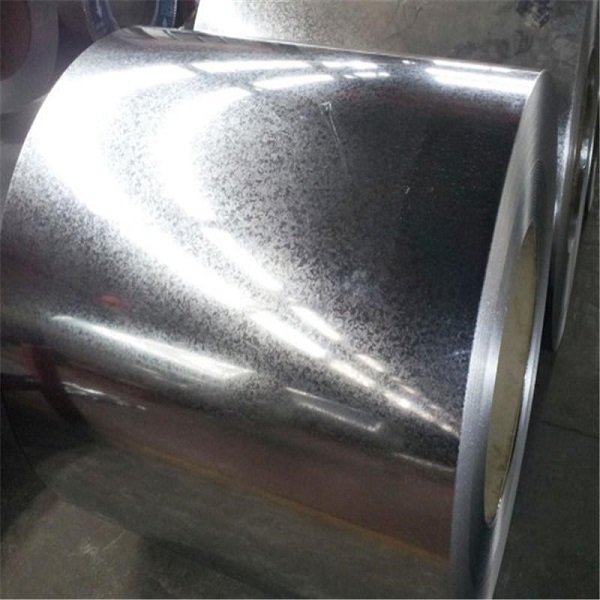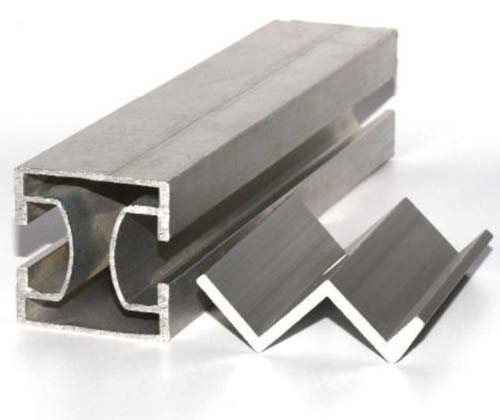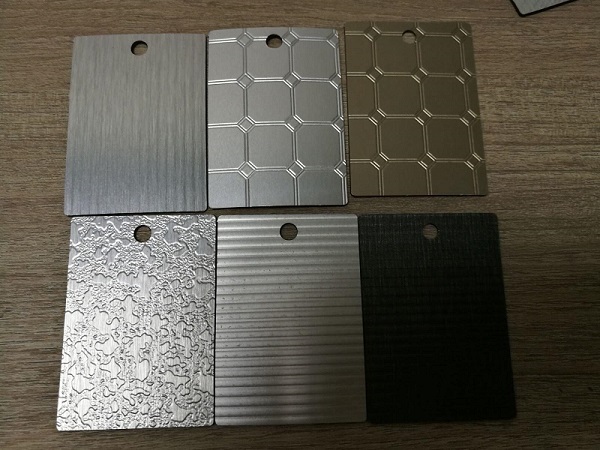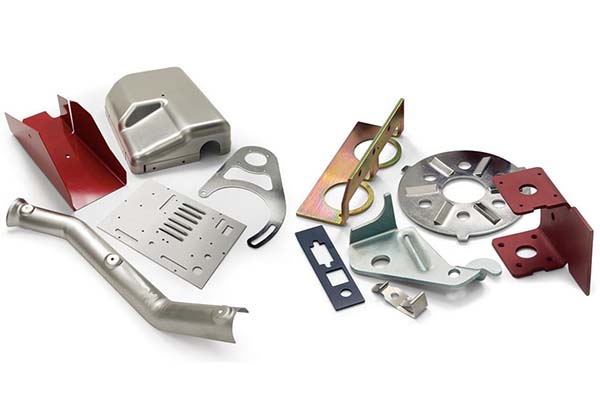Introduction
Definition and Basics of Stainless Steel Sheet Metal
Stainless steel sheet metal is a type of metal sheet made from stainless steel, which is an alloy mainly composed of iron, chromium, and often nickel and other elements. Chromium is a crucial component, with a minimum content of about 10.5% in stainless steel. This element forms a thin, protective oxide layer on the surface of the steel, known as a passive film. This film is the key to stainless steel's remarkable resistance to rust and corrosion, even in various harsh environments.
Stainless steel sheet metal comes in different thicknesses, with thicknesses typically ranging from as thin as 0.1 mm for some precision applications to several millimeters for more heavy - duty uses. It also varies in width and length, with standard widths often around 1000 mm, 1219 mm (48 inches), and lengths that can be customized according to industrial requirements.
This material is everywhere in our daily lives and industries. In kitchens, stainless steel sheet metal is used to make sinks, cookware, and kitchen appliances. Its corrosion - resistant property ensures that it can withstand the humid and acidic environment in kitchens. In the automotive industry, it's used in parts like exhaust systems, due to its ability to endure high temperatures and resist the corrosive effects of exhaust gases. In architecture, stainless steel sheet metal is employed for decorative facades, handrails, and structural components, adding both aesthetic appeal and durability to buildings.
Types of Stainless Steel Sheet Metal
Stainless steel sheet metal comes in several types, each with its own unique properties and applications.
Austenitic Stainless Steel
Austenitic stainless steel sheet metal is the most widely used type. It is non - magnetic, which makes it suitable for applications where magnetic interference needs to be avoided, such as in electronic equipment and some medical devices. One of its remarkable features is its excellent formability. It can be easily shaped through processes like bending, rolling, and deep drawing, which is why it is commonly used in the production of various consumer goods, from kitchenware to decorative components.
Two common grades are 304 and 316. Grade 304, also known as 18/8 stainless steel (due to its 18% chromium and 8% nickel content), is highly versatile. It has good corrosion resistance in normal atmospheric and many chemical environments, making it a popular choice for food processing equipment, architectural trim, and household appliances. Grade 316 contains molybdenum in addition to chromium and nickel. The molybdenum significantly enhances its corrosion resistance, especially in chloride - rich environments. As a result, 316 is extensively used in marine applications, chemical processing plants, and medical implants.
Ferritic Stainless Steel
Ferritic stainless steel sheet metal is magnetic and contains a relatively high proportion of chromium, usually in the range of 12% - 30%. It offers good corrosion resistance, especially in oxidizing environments. For example, it is often used in automotive exhaust systems because it can withstand the high - temperature, corrosive exhaust gases.
Compared to austenitic stainless steel, ferritic stainless steel is generally less expensive, which makes it an attractive option for applications where cost - effectiveness is a key factor. It also has a lower thermal expansion coefficient, which means it expands and contracts less with temperature changes. This property makes it suitable for applications where dimensional stability is important, such as in heat exchangers and some types of industrial piping. However, ferritic stainless steel has lower formability than austenitic stainless steel, so complex shaping processes may be more challenging.
Martensitic Stainless Steel
Martensitic stainless steel sheet metal is known for its high strength and hardness. It can be heat - treated to further enhance its mechanical properties, such as increasing its hardness and tensile strength. This type of stainless steel contains carbon in addition to chromium, and the carbon content plays a crucial role in its heat - treatability.
Due to its high strength and wear - resistance, martensitic stainless steel is widely used in the production of knives, scissors, and other cutting tools. It is also used in the aerospace industry for components that require high strength - to - weight ratios, such as aircraft landing gear parts and engine components. In the oil and gas industry, martensitic stainless steel is used in drill bits and valves, where it can withstand the harsh conditions of high - pressure and corrosive environments. However, martensitic stainless steel has relatively lower corrosion resistance compared to austenitic and some ferritic stainless steels, especially in highly corrosive media.
Applications
Construction Industry
In the construction industry, stainless steel sheet metal is widely used due to its durability and aesthetic appeal. For building facades, it can be formed into various shapes and finishes, from smooth, mirror - like surfaces to textured patterns. For example, the Shanghai Tower, one of the tallest buildings in the world, uses stainless steel sheet metal in its facade system. The 304 - grade stainless steel not only withstands the harsh outdoor environment, including strong winds, rain, and sunlight, but also adds a modern and sleek look to the building.
For roofs, stainless steel sheet metal provides excellent water - resistance and long - term corrosion resistance. It can be installed in a standing - seam roofing system, which is highly popular in commercial and industrial buildings. The seams are raised and interlocked, preventing water penetration even in extreme weather conditions. In addition, stainless steel sheet metal is often used for stair handrails. Its smooth surface is easy to clean, and its strength ensures the safety of users. In many modern office buildings and public facilities, such as airports and shopping malls, stainless - steel stair handrails can be seen, which are not only functional but also contribute to the overall design.
Automotive Industry
In the automotive industry, stainless steel sheet metal plays a crucial role in various components. For body parts, some high - end cars use stainless steel sheet metal in certain areas to improve corrosion resistance and durability. For example, the Porsche 911 series sometimes incorporates stainless steel in areas prone to rust, such as the wheel arches and lower body panels. This helps the vehicle maintain its structural integrity over a long service life, even in harsh driving conditions.
In terms of interior components, stainless steel sheet metal can be found in dashboard trims, door handles, and center console accents. It adds a touch of luxury and durability to the vehicle's interior. The smooth surface of stainless steel is also easy to clean, which is important for maintaining a hygienic interior environment.
Stainless steel sheet metal is also an essential material for exhaust systems. Brands like BMW and Mercedes - Benz use stainless steel, especially grade 304 or 409, for their exhaust pipes and mufflers. These materials can withstand the high temperatures generated by the exhaust gases (temperatures can reach up to 900°C in some cases) and resist the corrosive effects of the gases, which often contain sulfur and other harmful substances.
Kitchen and Home Appliances
Stainless steel sheet metal is a staple in kitchen and home appliances. In refrigerators, it is commonly used for the exterior panels. Brands like Samsung and LG offer stainless - steel - finished refrigerators. The stainless - steel surface not only looks sleek and modern but also resists fingerprints and smudges, making it easy to keep clean.
For ovens, stainless steel sheet metal is used for the interior linings and sometimes the exterior casings. It can withstand high temperatures during the baking and roasting processes. The smooth surface of stainless steel also makes it easy to wipe clean after cooking, preventing food residue from sticking.
In the case of kitchen sinks, stainless - steel sinks are extremely popular. They are highly durable, resistant to scratches, and can handle the acidic and alkaline substances commonly found in kitchens. Moen and Kraus are well - known brands that produce high - quality stainless - steel sinks. The following image shows a typical stainless - steel kitchen sink:
Processing and Fabrication
Cutting Methods
Cutting stainless steel sheet metal requires precise and efficient methods. Two common cutting methods are laser cutting and plasma cutting.
Laser cutting uses a high - energy laser beam to melt and vaporize the stainless steel. This method offers high precision, with a cutting tolerance as low as ±0.1 mm in some cases. It can create intricate shapes and fine details, making it ideal for applications where accuracy is crucial, such as in the production of small components for electronics or decorative elements. Laser - cut edges are also very smooth, reducing the need for post - cutting finishing processes. However, laser cutting is relatively expensive, especially for thick stainless steel sheets. The equipment cost is high, and the running cost, including the cost of the laser source and gas consumption, can add up.
Plasma cutting, on the other hand, uses a high - velocity jet of ionized gas (plasma) to melt and blow away the metal. It is more suitable for thicker stainless steel sheets, typically those over 3 mm. Plasma cutting is faster than laser cutting for thick materials and is more cost - effective for large - scale cutting operations. But it has a lower precision compared to laser cutting, with a cutting tolerance usually around ±0.5 mm. The cut edges may also have a slightly rougher surface, which might require additional finishing work.
Bending and Forming
Bending and forming are essential processes to shape stainless steel sheet metal into various products. Roll bending is a common method where the stainless steel sheet is passed through a set of rolls. The rolls gradually bend the sheet to the desired curvature. This process is suitable for creating cylindrical or curved structures, such as pipes, handrails, or the rounded edges of some architectural components. The following image shows the roll - bending process:
Stamping is another important forming technique. In stamping, a die is used to press the stainless steel sheet into a specific shape. This method is highly efficient for mass - production of identical parts, such as the body panels of appliances or automotive components. Complex shapes can be achieved through progressive stamping, where multiple stamping operations are carried out in sequence on the same sheet.
Welding Techniques
Welding is often necessary when joining different pieces of stainless steel sheet metal. Tungsten Inert Gas (TIG) welding, also known as Gas Tungsten Arc Welding (GTAW), is a high - quality welding technique. It uses a non - consumable tungsten electrode to create an arc, and an inert gas (usually argon) is used to protect the weld area from oxidation. TIG welding produces very clean and precise welds, with excellent aesthetic appearance. It is commonly used in applications where high - quality welds are required, such as in the manufacturing of high - end kitchen appliances, jewelry, and some aerospace components. However, TIG welding is a relatively slow process and requires skilled operators.
Resistance welding, such as spot welding and seam welding, is also widely used. In spot welding, an electric current is passed through two overlapping sheets of stainless steel at a specific point. The resistance of the metal to the current generates heat, which melts the metal at the contact point, creating a weld. Spot welding is fast and efficient for joining thin stainless steel sheets, and it is commonly used in the automotive industry for body assembly. Seam welding, on the other hand, creates a continuous weld along a seam by passing the sheets through a pair of rotating electrodes. This method is suitable for applications where a leak - tight or gas - tight seal is required, such as in the production of stainless - steel tanks or pipes. The quality of the weld is crucial as a poor - quality weld can lead to structural weakness, corrosion, or leakage, especially in applications that are exposed to harsh environments or high - pressure conditions.
Yigu Technology's Viewpoint
As a non - standard plastic metal products custom Supplier, Yigu Technology has in - depth insights into stainless steel sheet metal processing. One of the main challenges in custom - processing stainless steel sheet metal is its high hardness and strength. This means that more powerful and precise processing equipment is required. For example, when cutting thick - gauge stainless steel sheet metal, the cutting tools need to have high wear - resistance and sharpness to ensure smooth cutting and dimensional accuracy.
However, stainless steel sheet metal also has significant advantages for custom - processing. Its excellent corrosion - resistance makes it suitable for custom - made products in harsh environments. Yigu Technology can take advantage of this property to create custom - designed products for industries such as marine and chemical, where corrosion - resistance is crucial. Additionally, the good formability of austenitic stainless steel allows Yigu Technology to create complex - shaped products through processes like deep - drawing and bending, meeting the diverse design requirements of customers.
